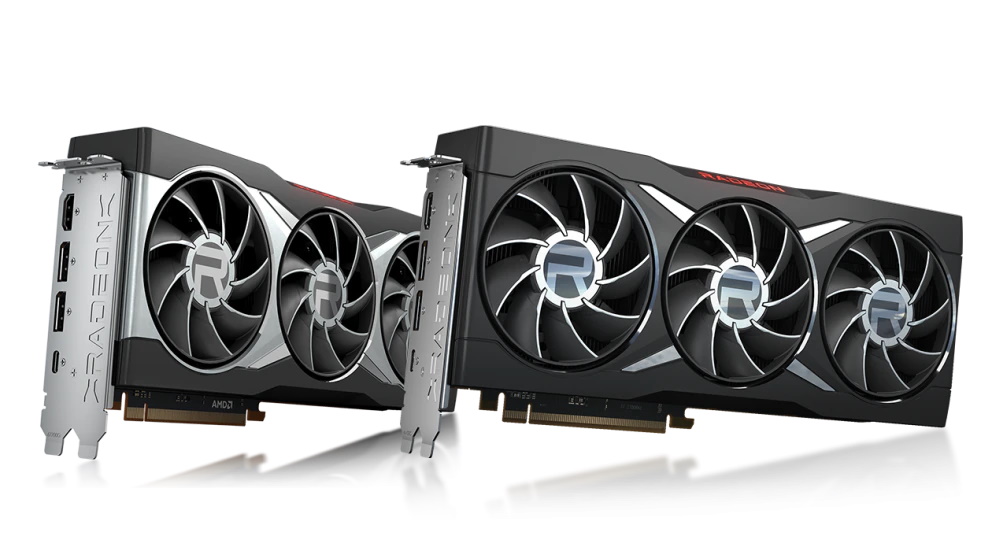
Wine is the ultimate tool for Linux users relying on Windows-specific applications and games.
With every release, we find better support for games and applications. And, anything that uses Wine as its backbone (like Lutris and others) benefits as well.
And, it gets more exciting with Wine’s first release for 2022!
Wine 7.0 stable release is here with massive upgrades! Here, I shall mention the key highlights and how to install it.
Wine 7.0: What’s New?
Wine 7.0 features a range of new additions along with several improvements across the board.
Some of the most significant changes include:
Modules Converted to PE Format
Portable Executable (PE) format helps Wine feel/behave closer to a real Windows installation.
And, with Wine 7.0, almost every module has been converted to the PE format.
The developers have explained its behavior in the changelog as follows:
Builtin dlls are only loaded if there is a corresponding PE file on disk, either a real binary or a fake PE module. This ensures that the application always sees a valid PE file mapping. It can be disabled through the WINEBOOTSTRAPMODE environment variable, used at prefix creation time
Improved Windows App Support
You can already run Windows apps on Linux using Wine. But, with Wine 7.0, you should be able to find better support.
A new 64-bit Windows-on-Windows (WoW64) architecture has been implemented with this release. This makes it possible to run a 32-bit windows application inside a 64-bit Unix host process.
Also, with the 32-bit PE module enabled, it should facilitate running 32-bit applications without installing 32-bit Unix libraries.
New Theme
You can find a new “Light” theme included, available with color variants “Blue” and “Classic Blue”. You can enable it through WineCfg.
The theme should reflect across the Wine control interfaces and should refresh automatically to blend with any theme settings.
As a cherry on top, all built-in applications support theming and high DPI rendering as well.
New Graphics Card Support

With the Wine 7.0 release, you finally get support for the following graphics cards:
- AMD Radeon RX 5500M
- AMD Radeon RX 6800/6800 XT/6900 XT
- AMD Van Gogh
- Intel UHD Graphics 630
- NVIDIA GT 1030
Of course, Intel UHD and GT 1030 aren’t exactly new additions. But, it’s good to see its support, considering many consumers cannot get their hands on newer GPUs.
Improved Multi-Display Support
Finally, you get better support for multiple displays in Wine 7.0.
While it is nothing crazy, now you can choose which monitor should open a Direct3D application using the full-screen mode.
Of course, you will have to test it out to see how well it plays along with your graphics drivers and settings. Nevertheless, the support exists now!
Apple M1 Silicon Support
Probably a set of niche users, but Wine 7.0 now lets you run x86-64 binaries on newer Apple M1-powered devices under Rosetta 2.
Improved Joystick Support
If you have been using a Joystick to play games, the improved HID stack implementation should improve compatibility and seamless connectivity.
You should also notice an improved control panel for the joystick, among other compatible devices.
Other Essential Improvements
Wine 7.0 is one of the biggest releases reflecting on a year’s worth of work. So, almost everything has received improvements and fixes.
Some of the highlights include:
- Direct3D improvements (Direct3D 12, 11, 10)
- Audio/Video improvements to support seamless interaction with audio/video elements or players
- Implementations to improve support for existing and new-gen input devices
- Kernel-level improvements
- Network improvements
- Upgraded built-in applications with better functionalities
And, there’s lots more to go through in the official changelog! So, if you are interested to learn all the technical details, the official announcement should keep you busy.
How to Install Wine 7.0 in Linux?
Considering it as the latest release, it is highly unlikely that you can install it directly from the software center (but it’s worth checking for it, depending on your Linux distribution).
In any case, with Ubuntu-based distros, you can install by following the steps below:
- Enable support for 32-bit architecture, if not enabled already.
sudo dpkg --add-architecture i3862. Download the official Wine repository key and add it.
wget -qO - https://dl.winehq.org/wine-builds/winehq.key | sudo apt-key add -If that gives you a warning, you can type in these commands instead:
wget -nc https://dl.winehq.org/wine-builds/winehq.key
sudo -H gpg -o /etc/apt/trusted.gpg.d/winehq.key.gpg --dearmor winehq.key3. Now, all you have to is add the repository before proceeding installation:
sudo apt-add-repository "deb https://dl.winehq.org/wine-builds/ubuntu $(lsb_release -cs) main"Note: Wine 7.0 has released. But, it may take a while for the stable package to reflect in the list for your Linux distribution.
4. To install Wine 7.0, type in the following command:
sudo apt update && sudo apt install --install-recommends winehq-stableIf you do not want to wait, I recommend you to go through Wine’s official documentation to install it from source.
Have you tried Wine 7.0 yet? What do you think about it? Feel free to share your thoughts in the comments down below.
- Even the biggest players in the Linux world don't care about desktop Linux users. We do.
- We don't put informational content behind paywall. Your support keeps it open for everyone. Think of it like 'pay it forward'.
- Don't like ads? With the Plus membership, you get an ad-free reading experience.
- When millions of AI-generated content is being published daily, you read and learn from real human Linux users.
- It costs just $2 a month, less than the cost of your favorite burger.
Become a Plus Member today and join over 300 people in supporting our work.









